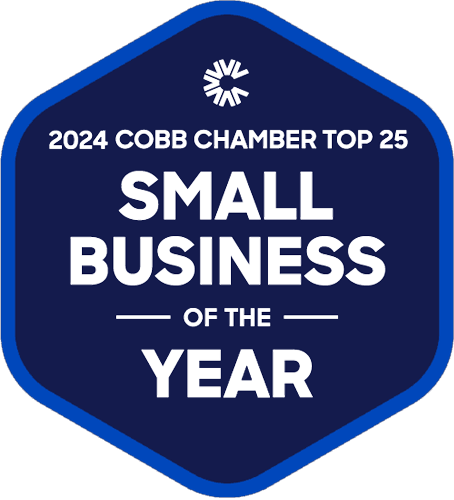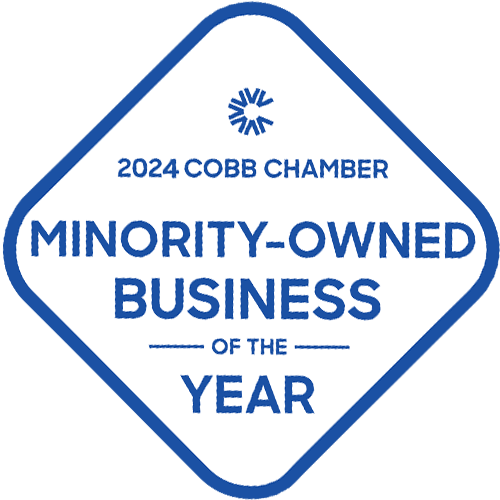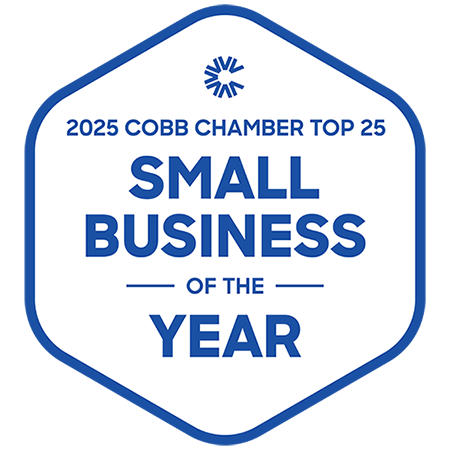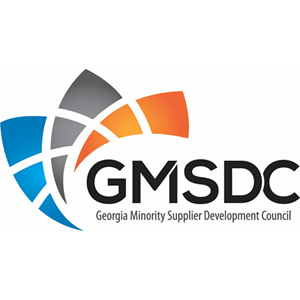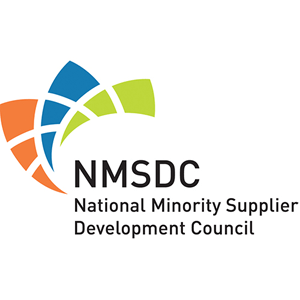Articles
To Enrich, Educate and Entertain
33 Tips for Estimating Your Print Project
Print buyers are finding new ways to stretch budgets, get more for their money and increase return on printing investments. What are these savvy professionals doing that others are not? One short answer is they are not waiting until they need an estimate to engage their printers. Commercial printing is also progressing, offering more options and solutions to explore that result in more attractive, affordable and effective materials.
We have assembled 33 valuable tips to help you take full command of today's print buying process, beginning with selecting a print partner who is sensitive to your needs and will"...
1. Ask critical questions to understand your goals and meet or exceed your expectations.
2. Examine your specifications and use their expertise to suggest cost-saving options that won't affect the integrity of your planned project.
3. Propose insightful options that benefit your entire marketing process.
 4. Explain confusing print jargon and discuss specifications, limitations or where you can expand use of advanced techniques.
4. Explain confusing print jargon and discuss specifications, limitations or where you can expand use of advanced techniques.
5. Share the pros, cons, cost differentials and production times for offset lithographic printing versus digital printing - and estimate both methods on request.
6. Offer suggestions for treatments and finishes that can enhance the visual and tactile experience of your printed piece.
7. Recommend the best type, weight and grade of paper stock for your project.
8. Present previously printed samples and stock swatches to help you confirm your choices.
9. Deliver a written estimate that is clear, detailed and itemized for every aspect of your project, from job initiation to distribution, right down to cost per unit.
10. Provide a digitally printed prototype of your project.
What should you assemble before requesting an estimate?
11. Be ready to share with your printer what you plan to do, what you intend to accomplish and when your printed materials must be delivered or distributed.
12. Prepare your budget and if you are comfortable doing so, share a target goal with your estimator. This will help the estimator provide the best possible options, reduce your costs and enhance your project through special printing techniques.
 13. Provide as much basic information as possible. Estimates are largely based on the following details and will help the estimator get your quote right the first time:
13. Provide as much basic information as possible. Estimates are largely based on the following details and will help the estimator get your quote right the first time:
- Project name and description
- Flat size and finished size
- Paper brand and weight
- Number of ink colors
- Number of pages
- Finishing requirements
- Quantity
- Delivery date
14. Provide the estimator a mock-up, a previously printed sample or a working file of your project if one exists. Any sample is helpful, be it a drawing or piece from which you want to take inspiration or even replicate.
15. Be sure to indicate the different options you want to see so the estimator can present you an all-inclusive estimate to consider and make informed choices.
Avoid these mistakes when requesting a quote
16. Don't leave your estimator in the dark. Share what your piece will be used for and what success will look like so they can offer recommendations supporting your goals and budget.
17. Don't neglect lead time. Advance planning and baking in extra time for more complex projects allow the estimator to price your project at the lowest cost. Estimators can accommodate quick turnaround services, but these can incur avoidable rush charges.
 18. Print buyers sometimes confuse the number of sheets versus the number of pages in a piece, causing hiccups in the estimating process.
18. Print buyers sometimes confuse the number of sheets versus the number of pages in a piece, causing hiccups in the estimating process.
For example, a single, unfolded, 8 1/2" x 11" sheet equals two printed pages (front and back). A folded 8 1/2" x 11" sheet becomes four printed pages (front, back and two inside pages). It's also important to remember that multi-page pieces are produced in multiples of four, and need to be planned and designed accordingly.
19. If any part of the estimating process is unfamiliar or you don't know how a paper looks and feels, ask questions or request samples. Your estimator wants to help you understand and be confident in your purchase before committing to it and the production clock starts.
20. Paper can make up 20-50% of a project cost depending on complexity. Ask questions to understand paper, weights and finishes. Avoid changing papers multiple times during the estimating process to keep costs under control.
21. Requesting estimates for different components of your project from multiple suppliers can create pricing, production and scheduling problems. To avoid issues and obtain the lowest total cost, try to work with a printer who can perform all steps in-house or with their partners.
What costs do print buyers sometimes forget to consider?
22. All steps in the process need to be anticipated for an informed estimate and successful outcome - from planning and design to prepress, proofing, production, post-press finishing, bindery, and postage, delivery or warehousing costs. Account for all steps to ensure an estimate fits your budget and timeline, with no cost or scheduling surprises during the project lifecycle.
 23. Paper is the crux of your project, visually, mechanically and financially. Stock inventory and availability can affect schedules and costs.
23. Paper is the crux of your project, visually, mechanically and financially. Stock inventory and availability can affect schedules and costs.
Paper suppliers regularly phase out papers or have quantity requirements that can present issues. It is best for your budget and timeline to confirm availability and costs for your chosen paper with your printer.
24. Postal regulations, overnight deliveries, direct mail sizes and proportions, square envelopes, oversize mailings - all of these have bearing on total project costs. Consider that the more a piece weighs (page count, paper weight, bindery, packaging), the more it will cost to distribute.
25. To avoid delays or added charges, ensure the production schedule in your estimate allows you sufficient time to design, develop and provide everything your printer needs by the specified date, including final and approved files, visuals, colors, native files and fonts.
26. Be sure to return a marked-up proof or proof approval to your printer in a timely manner to avoid delays and added production costs.
What can you do to make your project more affordable?
27. Work with knowledgeable designers and printers to streamline your project. Engage both parties early on in your concept and planning stage.
 28. Be receptive to alternative options, such as changing the size of your finished piece to utilize standard paper sizes (less waste, more options, lower costs).
28. Be receptive to alternative options, such as changing the size of your finished piece to utilize standard paper sizes (less waste, more options, lower costs).
29. Be open to using your printer's in-house paper stocks to get lower pricing.
30. Simple is more affordable when it comes to finishing treatments, such as foil stamping, die-cutting or embossing. The more complex, the more production steps, time and money are involved. Also keep in mind that very small or large pieces can drive up the cost per piece on bindery and hand finishing.
31. Consider using black-only printing where possible to lower your total costs.
32. Ask your printer to help you analyze your target audience and goals. You may be able to shave down distribution and print less while still reaching your most valuable targets.
33. Keep your distribution lists current and accurate to avoid returns and waste.
A solid estimate clarifies your project and feeds your success
The moment you engage your printer, your project becomes a team effort. Take every advantage of your printer's expertise and resources. By working together with a complete and transparent understanding of costs, specifications, production schedules and expectations, you are both in sync, positioned for success and a job well done.

Perfect Image Insider
Sign up for valuable insights into print and marketing!
Get a Quote
Let us show you that we are your solution!

